I almost feel sorry for the people who only know The Verve by “Bitter Sweet Symphony”. It’s like only knowing Oasis by “Wonderwall”, while remaining oblivious to the punk serenades of Definitely Maybe.
Videos by American Songwriter
Yes, “Bitter Sweet Symphony” is one of the greatest anthems of all time, but the title of The Verve’s biggest hit only makes sense against the band’s acrimonious history. From the opening notes of “Star Sail”, The Verve debuted in 1993 with a mix of shoegaze, psychedelia, dream pop, and utter chaos.
Richard Ashcroft, often barefoot, prowled around the stage skinnier than Chris Robinson, with the cheekbones of a man destined to earn the nickname Mad Richard. The kind of rock star bold enough to write a song called “This Is Music”.
Track 13 closes Urban Hymns with a mission statement: “Come On”. And unknown to many, it also features Liam Gallagher.
About “Come On”
If you’re at all familiar with Richard Ashcroft, then you know the pleading verb “come on” is something like a mantra to him. It doesn’t matter whether the track is called “Come On” or not, Ashcroft often shouts it over just about any looping hook he’s featured on.
This track concludes The Verve’s masterpiece, with Mad Richard standing in complete defiance against the doubters. It’s the sound of a Northern Soul who views music like a religion, with the kind of Muhammad Ali swagger that defined British indie rock in the 1990s.
Come on, let the spirit inside you
Don’t wait to be found
Come along with my sound
Let the spirit move you
Let the waves come up, confuse you
I never met no one to deny our sound.
“Come On” features everything great about The Verve: Nick McCabe’s hazy wall-of-sound guitar, Simon Jones’s Motown bass groove, and Peter Salisbury’s steady percussion. All of it led by Ashcroft’s Mick Jagger-meets-messiah earnestness.
The Verve was one of the most dynamic British rock groups of the 1990s. Between several breakups, the band teetered on the edge of implosion and greatness. It’s no surprise to learn that Ashcroft inspired Noel Gallagher to write “Cast No Shadow”.
Liam Gallagher
“Cast No Shadow” appears on (What’s The Story) Morning Glory and is dedicated to Ashcroft. In the early days, Oasis opened for The Verve before the Gallagher brothers shifted pop culture toward Manchester.
When The Verve came back after a short-lived breakup, the Wigan band emerged with Urban Hymns. Depending on how you see things, the album was either the last great Britpop record or the first masterpiece of a new movement.
Oasis released Be Here Now in 1997, an album born from the excess and bloat of Cool Britannia. But The Verve had returned with “Bitter Sweet Symphony”, an epic as colossal, if not more so, than “Wonderwall” or “Don’t Look Back In Anger”.
The connection between the bands continued as Liam made an uncredited appearance on “Come On”. Ashcroft told the BBC, “I don’t think anyone knows this, but if you concentrate, you can hear some demented guy screaming ‘come on’. I imagine everyone thinks that’s me, but I remember him doing it.”
According to Ashcroft, Liam recorded the vocal part while “smashing the tambourine against the side of the vocal booth.”
“Just Lost Somebody In The Back”
The Verve’s early work is defined by shoegaze jams and extended improvisations. “Come One” features the kind of deep grooves heard on the band’s debut, A Storm In Heaven. Amid the chaos, Ashcroft shouts: “This is a big f—k you!” If you prefer your rock and roll unhinged, this is a masterclass in irrational excellence.
Finally, Ashcroft concludes the eruption with this: “We’re breaking up, we’re breaking up,” alluding to The Verve’s tumult. Following the Urban Hymns tour, The Verve followed Ashcroft’s instruction and broke up once again. Only to reunite in 2007 before breaking up yet again in 2009.
You can now catch Richard Ashcroft warming up the stadiums on the current Oasis Live ’25 Tour.
Photo by Jeff J Mitchell/Getty Images

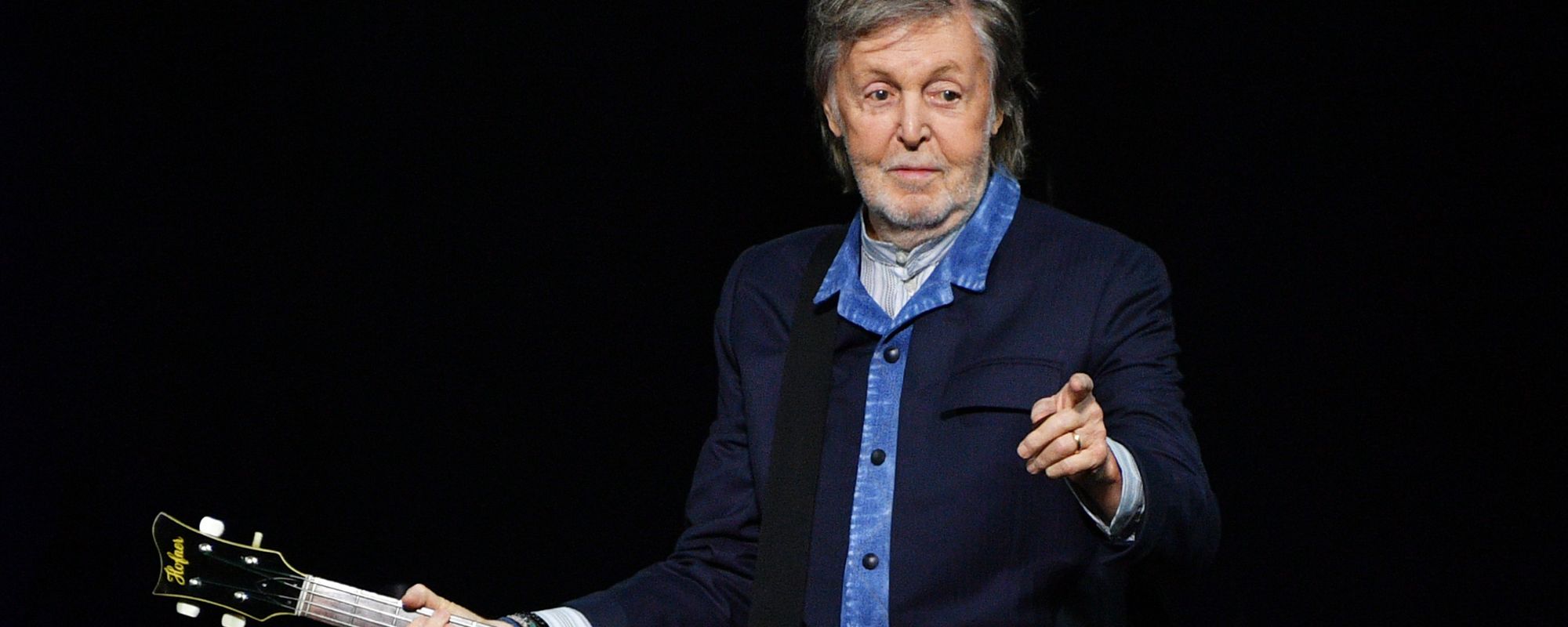

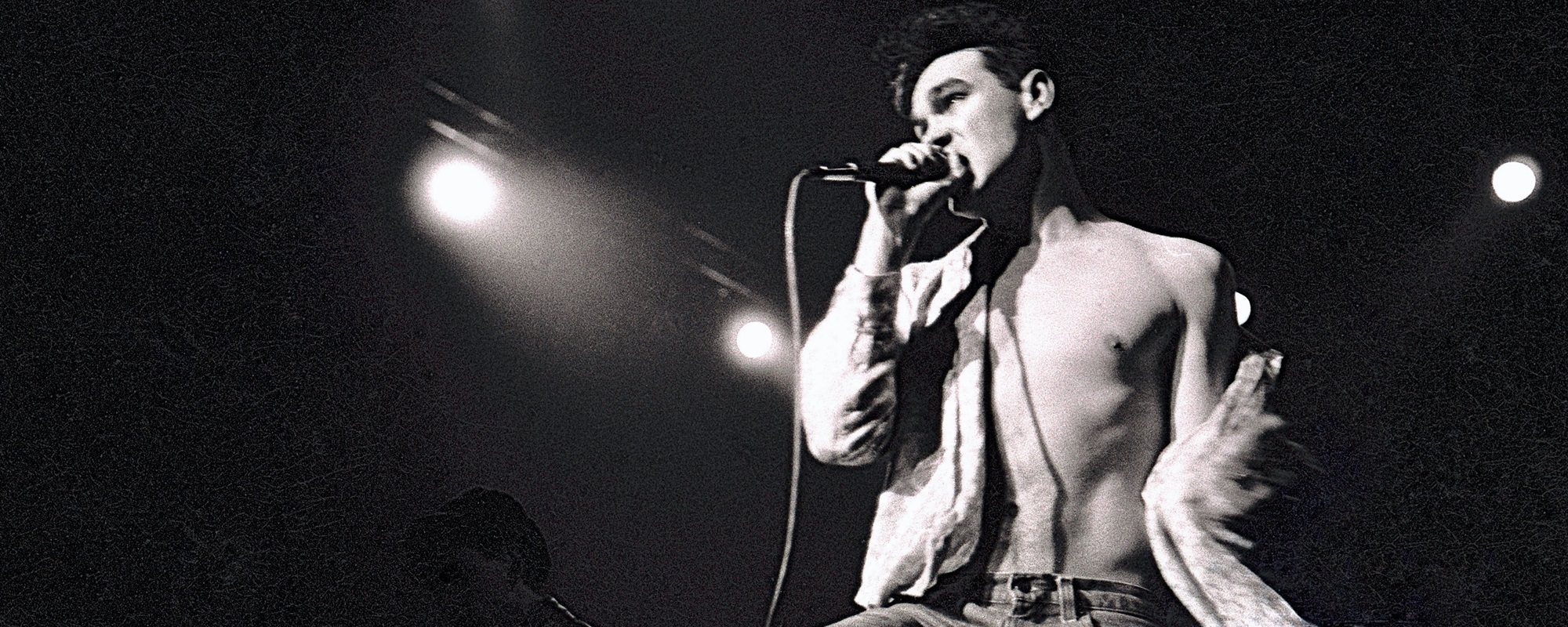
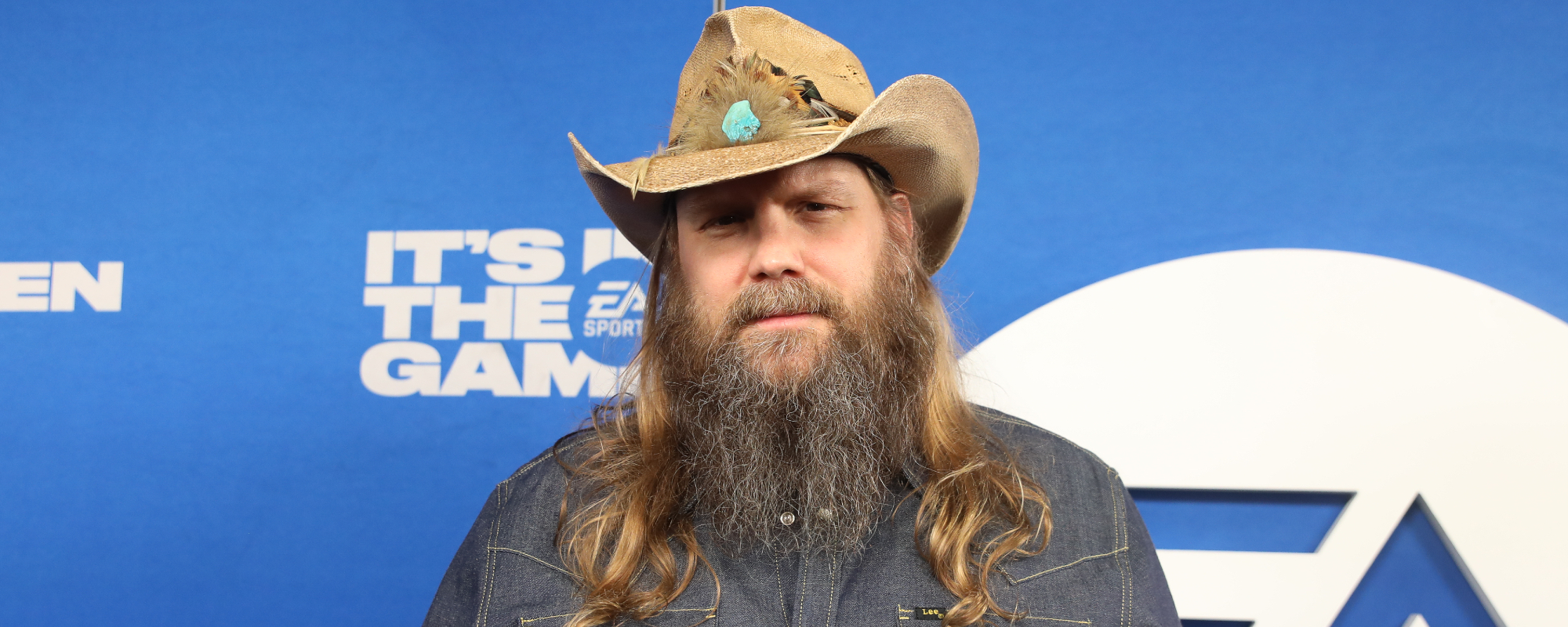
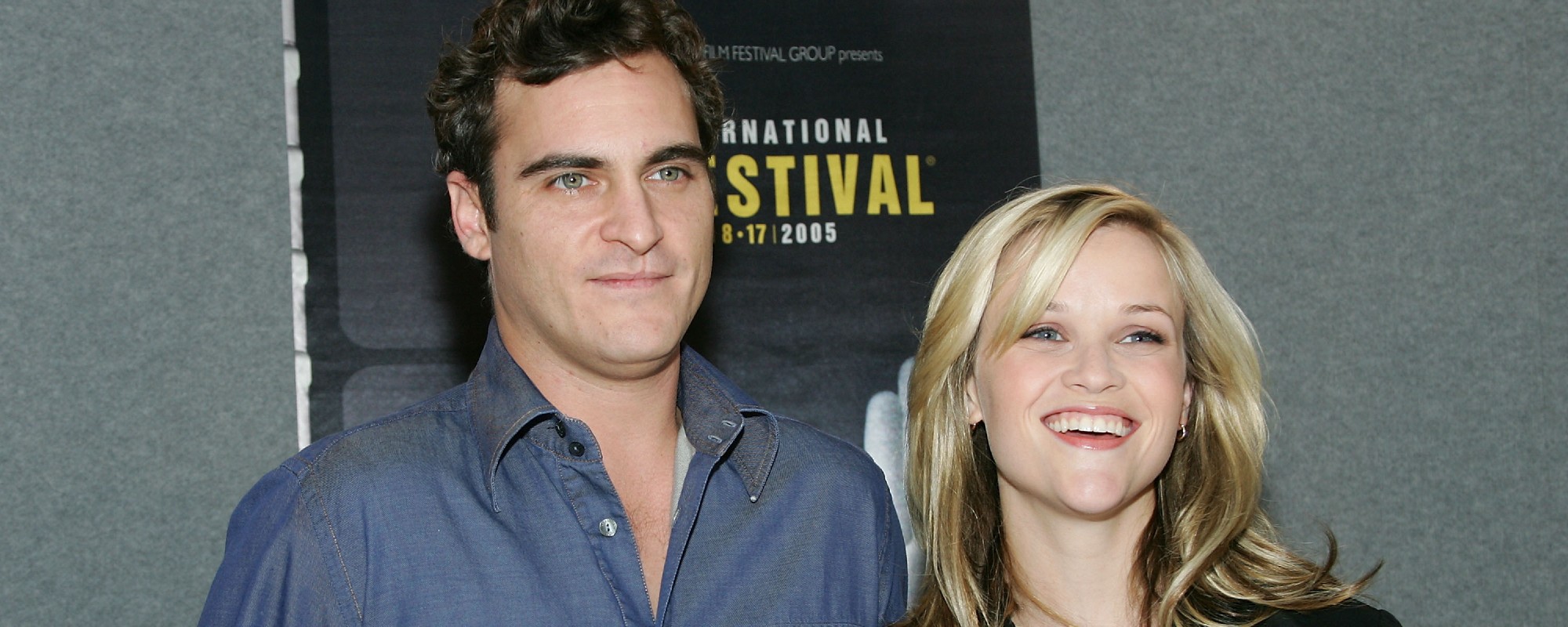

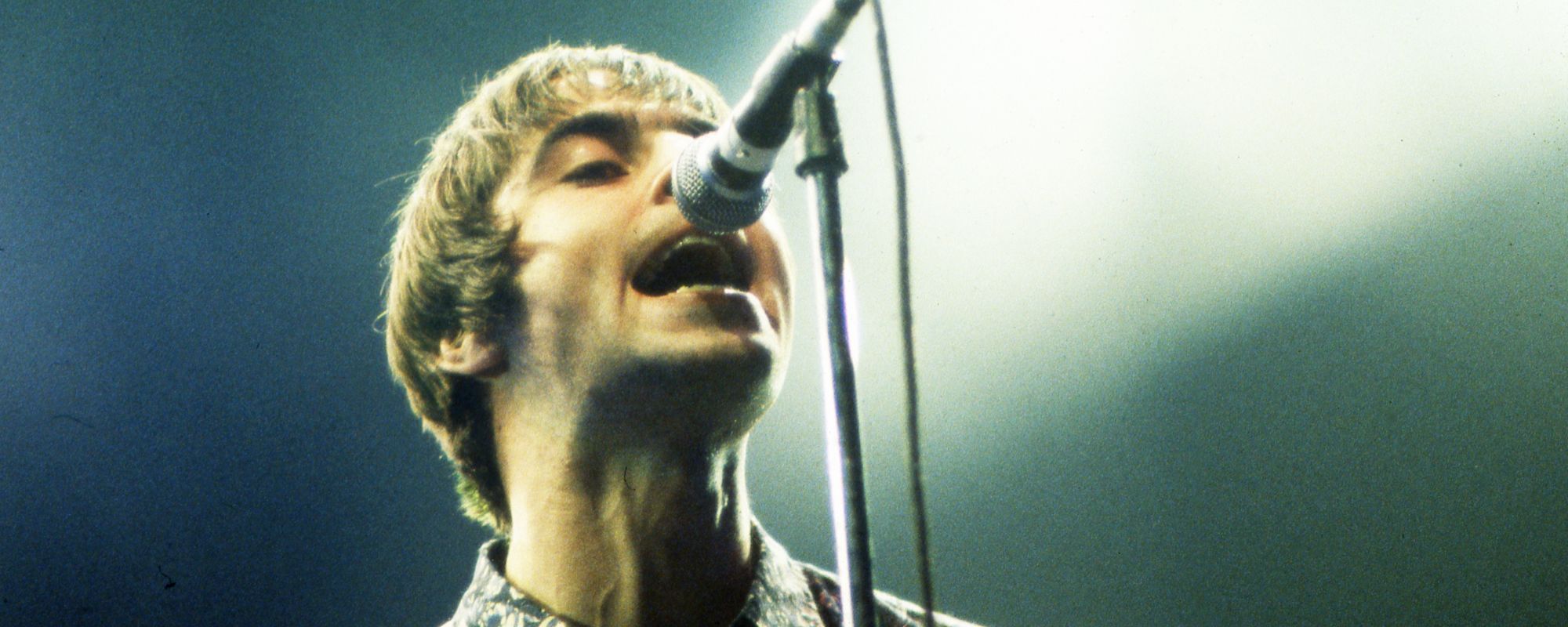
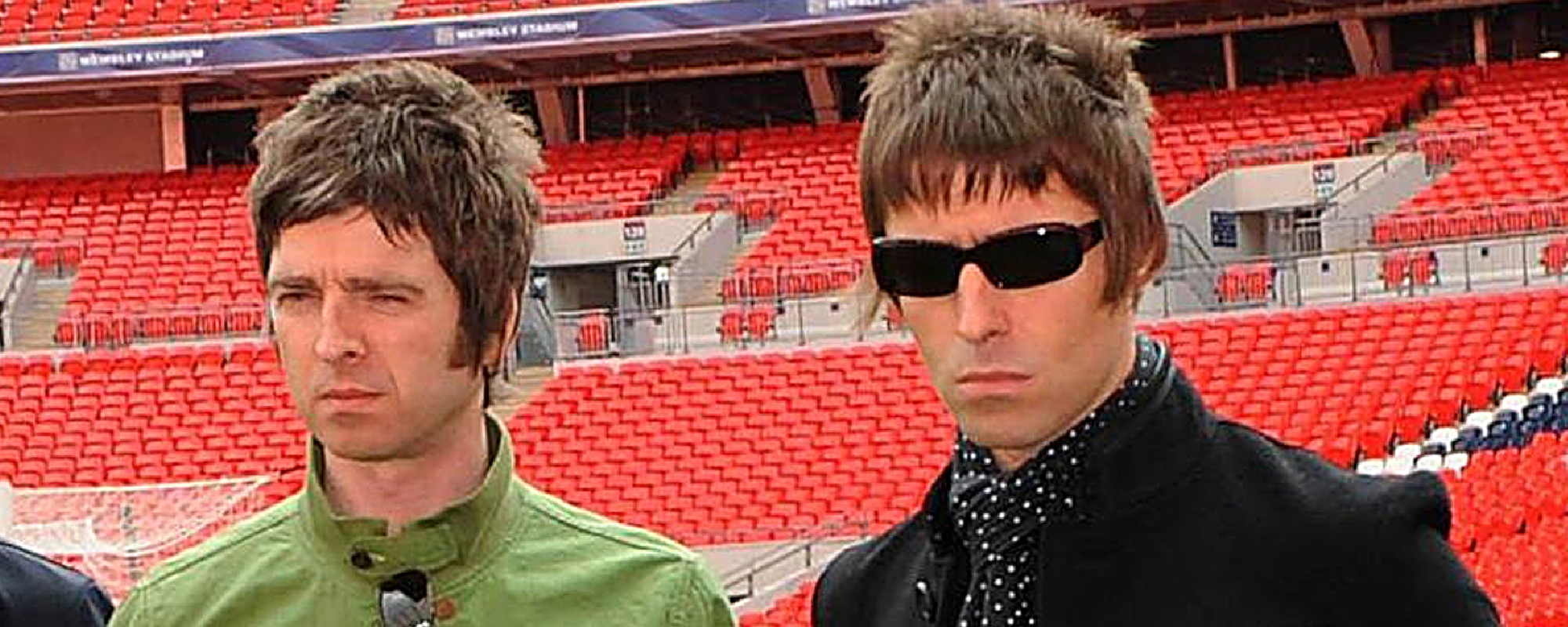
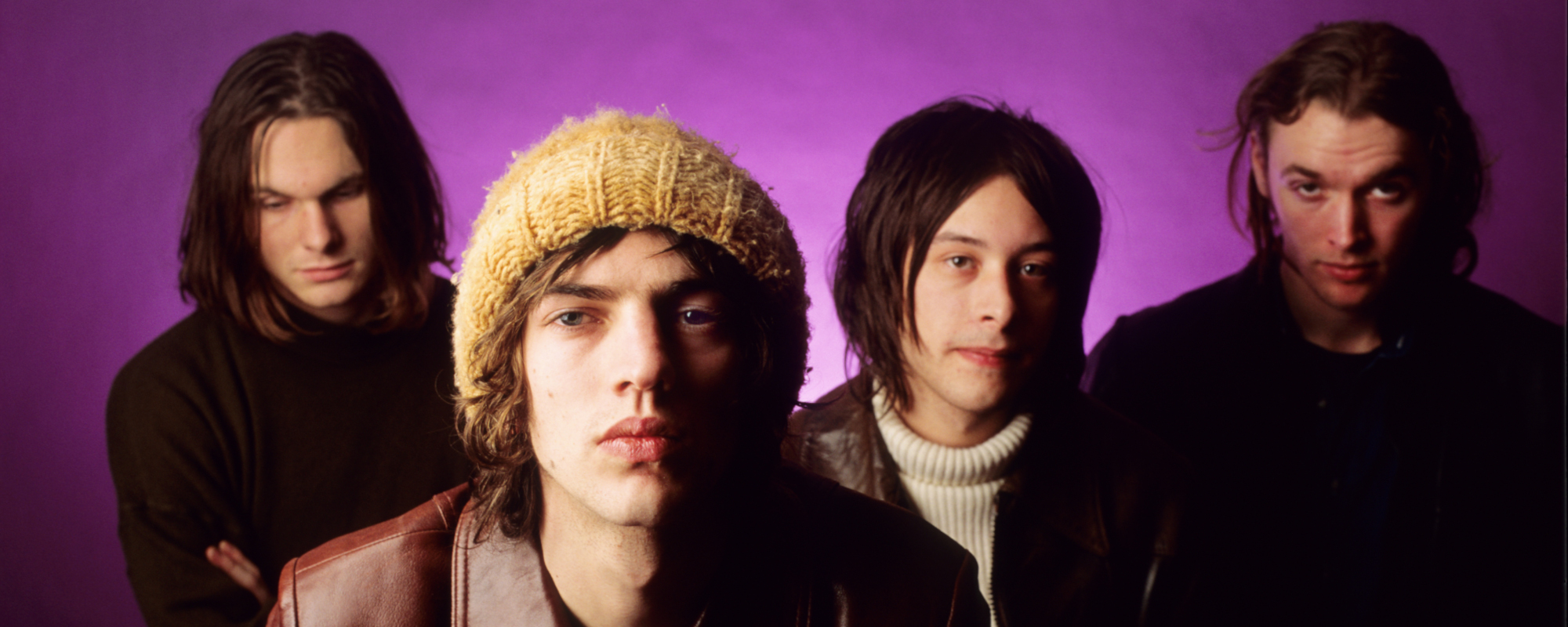
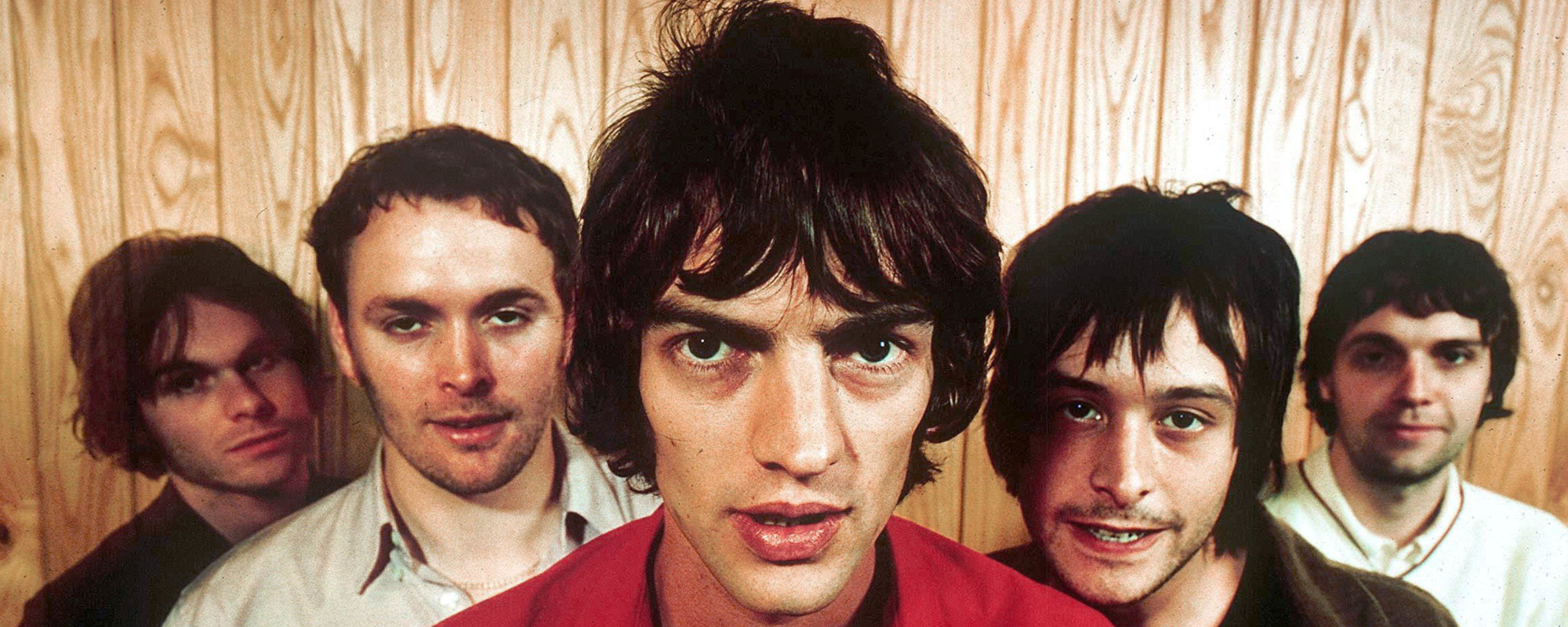


Leave a Reply
Only members can comment. Become a member. Already a member? Log in.